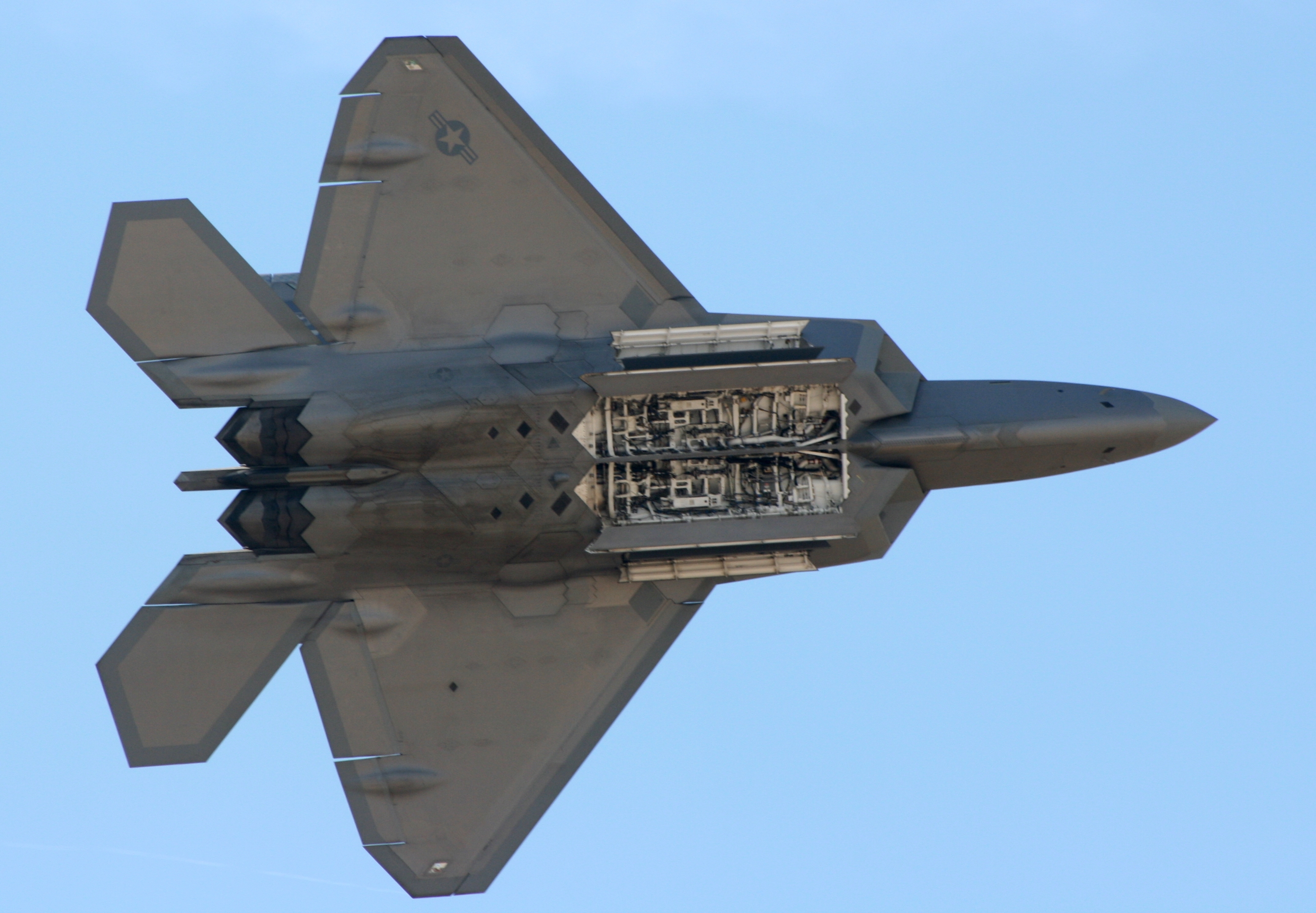Huitong's had a massive overhaul of his J-20 article section:
"The J-20 #2001 prototype made its maiden flight on January 11, 2011 over the city of Chengdu, wearing a distinctive dark green color scheme (RAM coating applied?) and powered by two indigenous WS-1X turbofan engines. The prototype features a pair of all-moving tailfins and Russian 1.44 style twin ventral stabilizing fins and tail booms, which shield the engine nozzles but might increase RCS. It also features an F-22 style forward fuselage, including Caret inlets but with DSI bumps installed at the upper inner corners, as well as a one-piece frameless canopy. A samll dark diamond shaped panel can be seen on the side of the nose, which could be the window for certain EO systems, such as MAWS or air data sensor. Besides a large belly weapon bay for short/long-range AAMs (PL-10, PL-12C/D & PL-21), two samller lateral weapon bays have been identified behind the air inlets for short-range AAMs (PL-10). However the canards appear to extend slightly above the plane of the main wings and there are four large underwing actuator fairings which might not be stealth optimized. The overall size of J-20 appears larger than both F-22 and T-50, suggesting a bigger fuel and/or weapon load for various types of AA/AG missions. First disclosed by US Office of Naval Intelligence (ONI) in 1997 as XXJ, J-20 is a 4th generation heavy multi-role fighter to enter the service between 2015 and 2018. Since early 90s both CAC/611 Institute and SAC/601 Institute had been working their own designs for a twin-engine heavy fighter with stealth capability and maneuverability comparable to American F-22. It was speculated that 601 Institute was working on a "tri-plane" design (J-18?) based on canard/conventional layout/V-shape tailfin while 611 Institute working on a design based on canard/tailless delta wing/all moving V-shape tailfin/lateral DSI/bump inlet layout. All designs were expected to feature a belly internal weapon bay to reduce RCS, which has been speculated to be <0.05m2 (head-on). J-20 also incorporates an advanced FBW (FBL?) system fully integrated with the fire-control and the engine systems. Its fire-control radar is expected to be AESA (Type 1475/KLJ5?) and the next generation datalink is thought to have been installed which provides secure networking with other J-20s and AWACS. The aircraft also features a "pure" glass cockpit (two large color LCDs plus a few smaller ones and a wide-angle holographic HUD). Many of these subsystems have been tested onboard J-10B to speed up the development (see above). A dorsal receptacle might be installed to reduce RCS instead of a nose probe for IFR purpose. The exact type of engine powering prototypes is unclear, even though a Chinese or Russian turbofan engine including AL-31F (13t class), or improved WS-10 (WS-1X?) (14t class) has been speculated. Leaked images suggest that two different engines were installed (separately on two prototypes?). One is AL-31F, the other is the improved WS-1X with a new "stealth" nozzle to reduce RCS and IR emission. However it is yet to demonstrate an axisymmetric TVC capablity. It was reported in November 2006 that a T/W=10 17t class turbofan (WS-15/"large thrust") with a TVC nozzle is being developed and will eventually power J-20s in production. Russian assistance was also speculated in terms of software support for calculating the RCS and aerodynamics of various designs. The overall performance of J-20 is thought to be superior to that of Russian T-50 (maneuverability & supercruise) but still inferior to that of American F-22 (electronics & supercruise). In August 2008 it was reported that 611 Institute was selected to be the main contractor for the development of J-20 and 601 Institute as the sub-contractor. Subsequently a full-scale metal mockup was built at CAC. One rumor in May 2010 claimed that 611 Institute started to construct the first prototype, which was expected to fly by the end of 2010, even though the full configuration model won't fly until a few years later. Currently two prototypes have been constructed and the first high-speed taxi trial by 2001 took place on December 22, 2010.
- Last Updated 1/12/11 "
Does anyone know what is the FBL he makes reference to? I know of FBW and fly by optics, but FBL is a new one (Fly By L... acerations?)
Also, I'm not sure if anyone's mentioned this yet, but the J-20 prototype's cockpit seems to have a level of the gold coating which we see on F-22s and some F-16s which reduce RCS.


